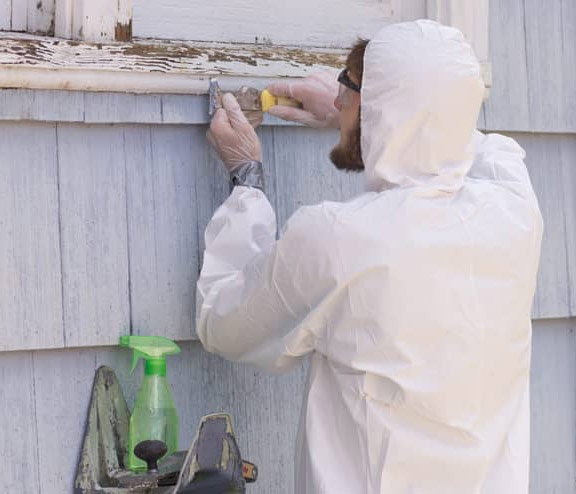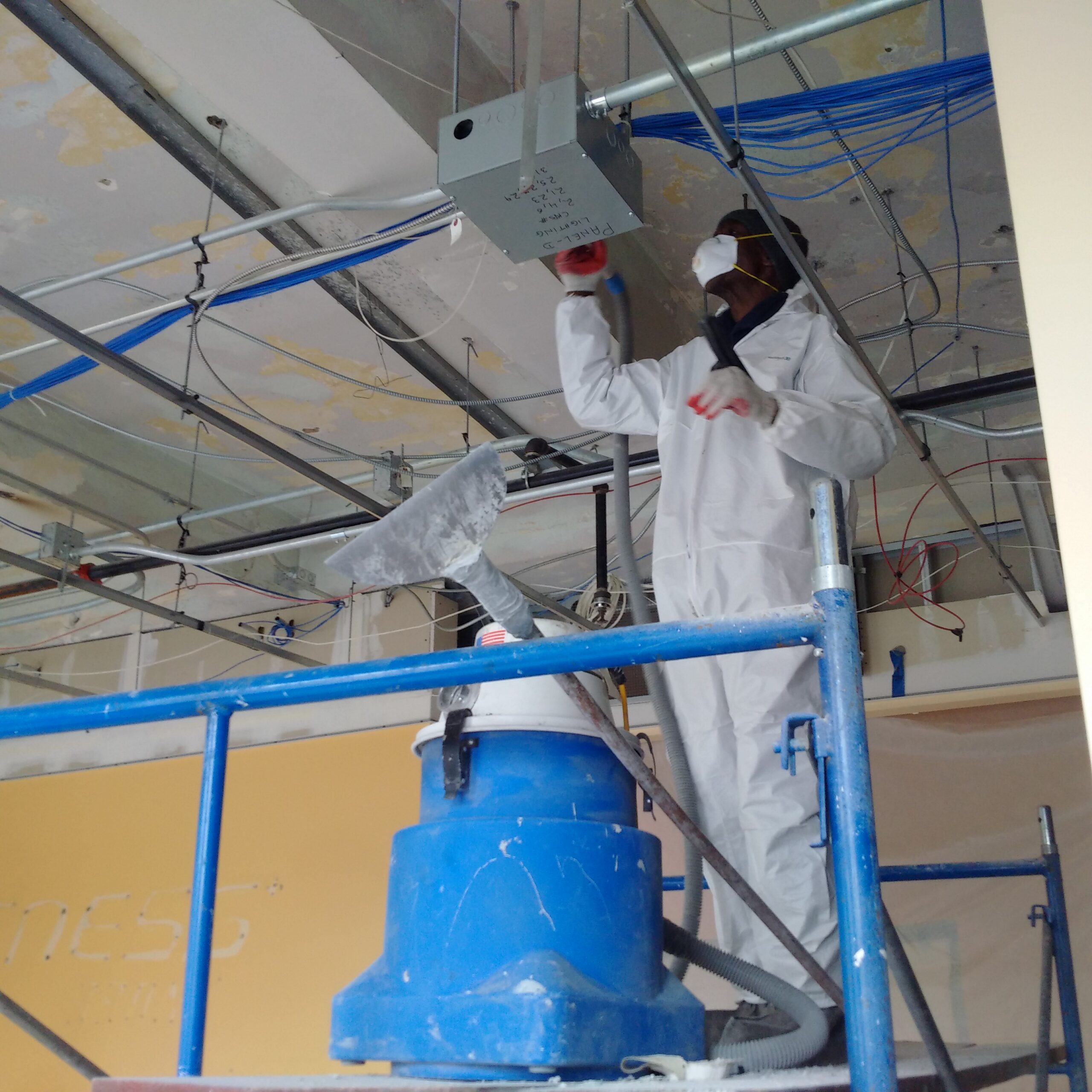Relied On Lead Paint Removal Company-- NYC's Premier Lead Abatement Service
Comprehensive Guide on Effective Lead Violation Elimination Techniques
In the world of ecological safety, resolving lead violations requires a thorough and organized strategy. This detailed guide starts by highlighting the essential initial steps of identifying lead dangers through advanced assessment and screening techniques. Methods such as XRF analysis and dirt clean tasting are indispensable in pinpointing contamination resources. Additionally, the overview elaborates on the value of sticking to strict security protocols throughout the removal process, consisting of making use of appropriate PPE and isolating influenced locations (Lead Paint Removal Company). The subsequent areas guarantee to review post-removal verification and precautionary approaches, making certain lasting safety and conformity. Discover the intricate information that make these strategies not simply effective but vital.
Determining Lead Dangers
Identifying lead threats is an important first step in alleviating the risks connected with lead direct exposure. Lead, a toxic metal, can be existing in various ecological mediums, consisting of paint, dirt, water, and dust.
The preliminary phase in identifying lead dangers includes recognizing usual lead resources within the built environment. Frameworks constructed prior to 1978 are specifically prone because of the widespread use of lead-based paint during that period. In addition, soil contamination can take place from deteriorating exterior paint, commercial emissions, or historic usage of leaded gas.
One more significant resource is lead piping and pipes components, which can seep lead into alcohol consumption water. Consumer products such as toys, ceramics, and imported products may additionally contain dangerous lead degrees. Notably, job-related environments and hobbies including lead can track impurities right into homes.
Evaluation and Testing
When dealing with lead threats, reliable assessment and testing are critical. First evaluation typically entails an aesthetic inspection to recognize possible lead sources, such as deteriorating paint or contaminated dust.

Dust clean sampling is an additional essential technique, specifically in property settings. By collecting examples from floors, windowsills, and various other surface areas, this method gives insights right into prospective direct exposure risks. Soil screening around structure borders is necessary to discover lead contamination that can position dangers, specifically to youngsters.
Safe Elimination Procedures
Upon completing thorough analysis and screening, implementing safe elimination treatments is the following crucial stage in resolving lead dangers. This process makes certain that lead-contaminated products are properly view it now and securely eliminated, decreasing threat to both workers and residents. The initial step involves separating the afflicted location making use of plastic sheeting and appropriate securing techniques to avoid the spread of lead dirt.
Employees have to don appropriate personal safety equipment (PPE), including respirators, gloves, and disposable coveralls, to reduce direct exposure. Employing specialized devices and wet techniques, such as wet fining sand or utilizing HEPA-filtered vacuum cleaners, decreases the diffusion of lead bits. It is critical to prevent completely dry sanding or rough blasting, as these techniques can produce dangerous lead dust.
Waste disposal is another important component; all contaminated materials must be firmly landed and classified according to EPA and neighborhood guidelines. Furthermore, thorough cleaning of the work area with HEPA vacuums and damp cleaning ensures the elimination of residual lead bits.
Post-Removal Verification

Verification of successful lead elimination, known as post-removal verification, is vital to ensure the security and habitability of the remediated location. This process involves a collection of precise analyses and examinations made to find any kind of recurring lead fragments that might present health and wellness threats. The first step commonly includes a visual examination to assess the completion and high quality of the remediation work. This evaluation guarantees that all known sources of lead have actually been dealt with which no visible indicators of contamination stay.
Adhering to the visual assessment, ecological tasting is conducted. This involves accumulating dirt, dirt, and occasionally water samples from the remediated location. Approved labs examine these Look At This examples to determine lead levels, guaranteeing they fall below the safety and security thresholds developed by regulatory bodies such as the Epa (EPA)
Furthermore, air high quality testing may be performed to discover airborne lead particles, specifically in cases where substantial lead-based paint elimination or renovation has happened. The outcomes of these examinations provide quantitative information verifying that the Lead Paint Removal Service lead levels are within acceptable restrictions.
Inevitably, post-removal verification functions as a vital checkpoint, confirming the performance of the lead reduction initiatives and securing the health and wellness of owners and visitors.
Safety Nets and Upkeep

A key safety net includes making use of lead-safe certified professionals for any kind of renovation, repair work, or paint activities. These specialists are learnt practices that minimize lead dust and particles. In addition, preserving colored surfaces to prevent breaking or peeling off is essential, as weakening paint can launch lead particles right into the atmosphere.
Educational initiatives targeting homeowner and lessees relating to the threats of lead and the importance of reporting any kind of potential risks can even more improve preventative initiatives. Routine cleansing utilizing HEPA vacuums and damp mopping strategies can dramatically lower lead dirt accumulation.
Final Thought
In recap, efficient lead infraction elimination requires a meticulous method incorporating extensive evaluation, specific screening, and rigorous removal procedures. Continuous inspections and upkeep are crucial to minimize future lead threats, therefore protecting public wellness and guaranteeing sustained conformity with regulatory needs.